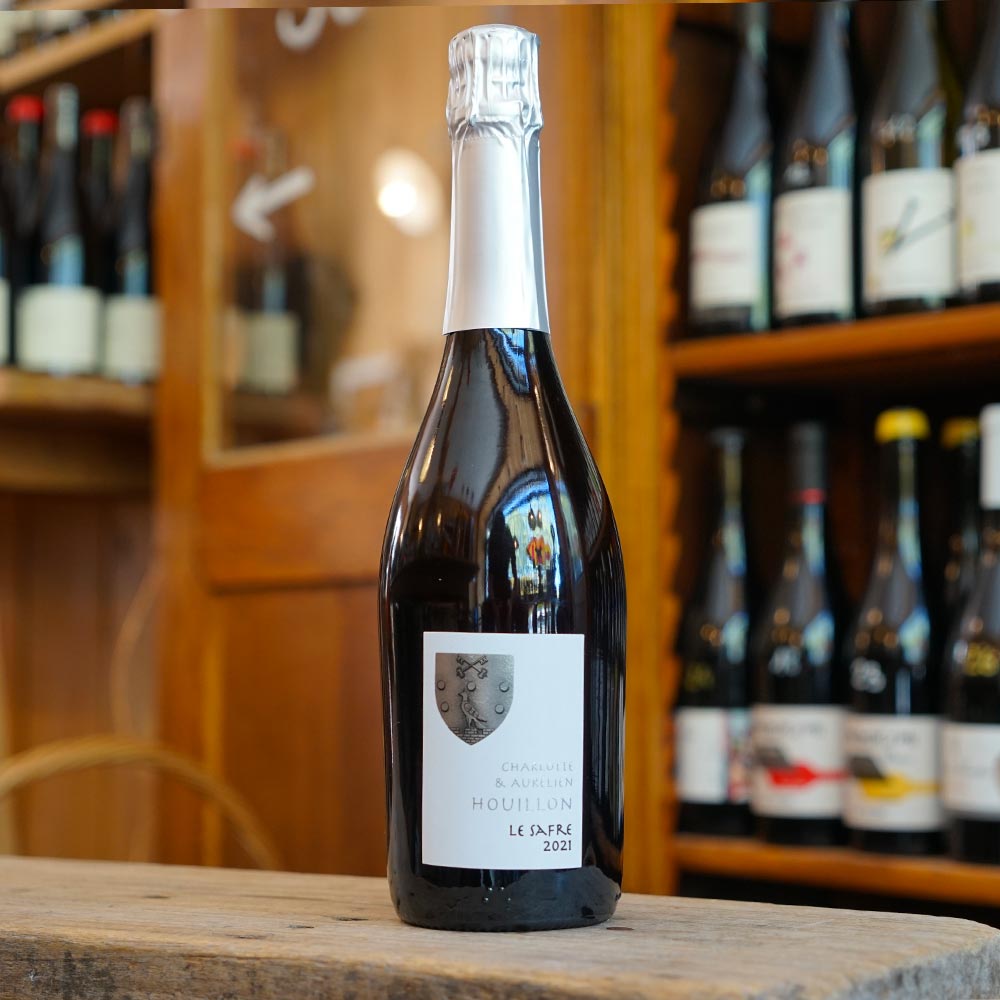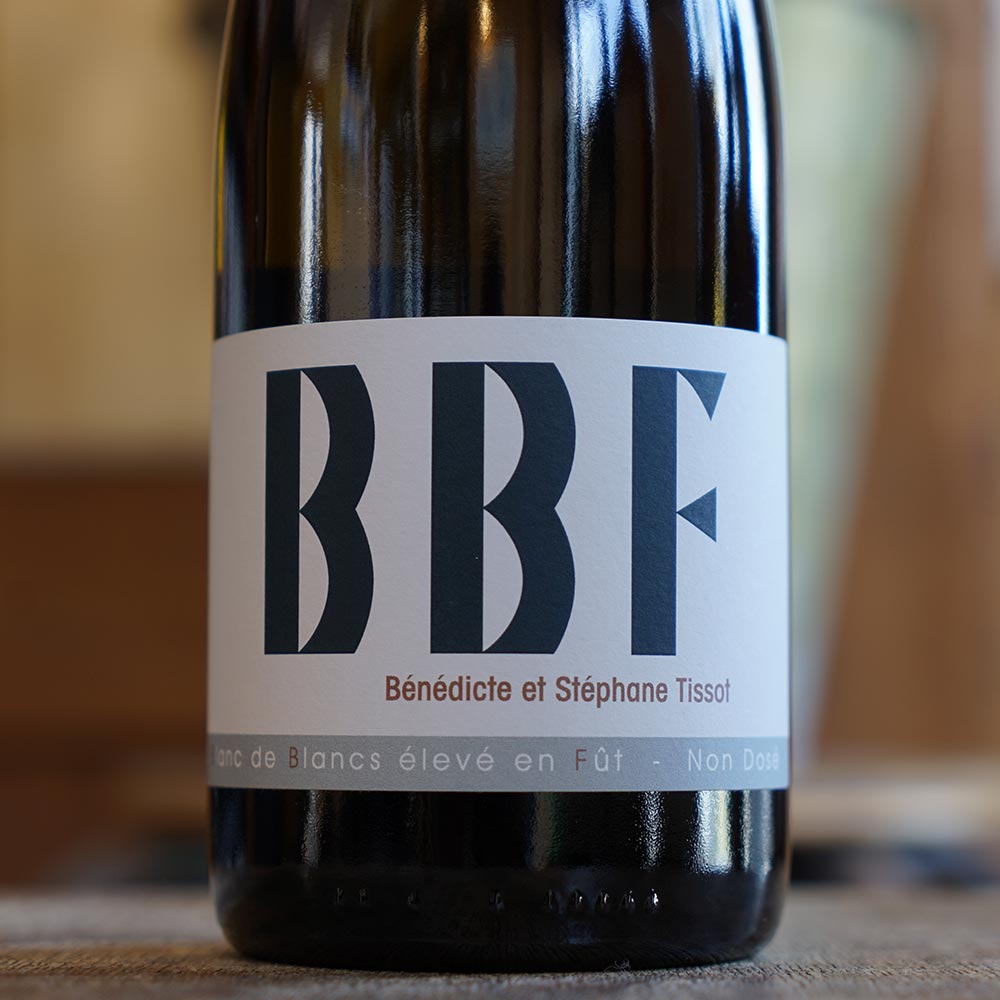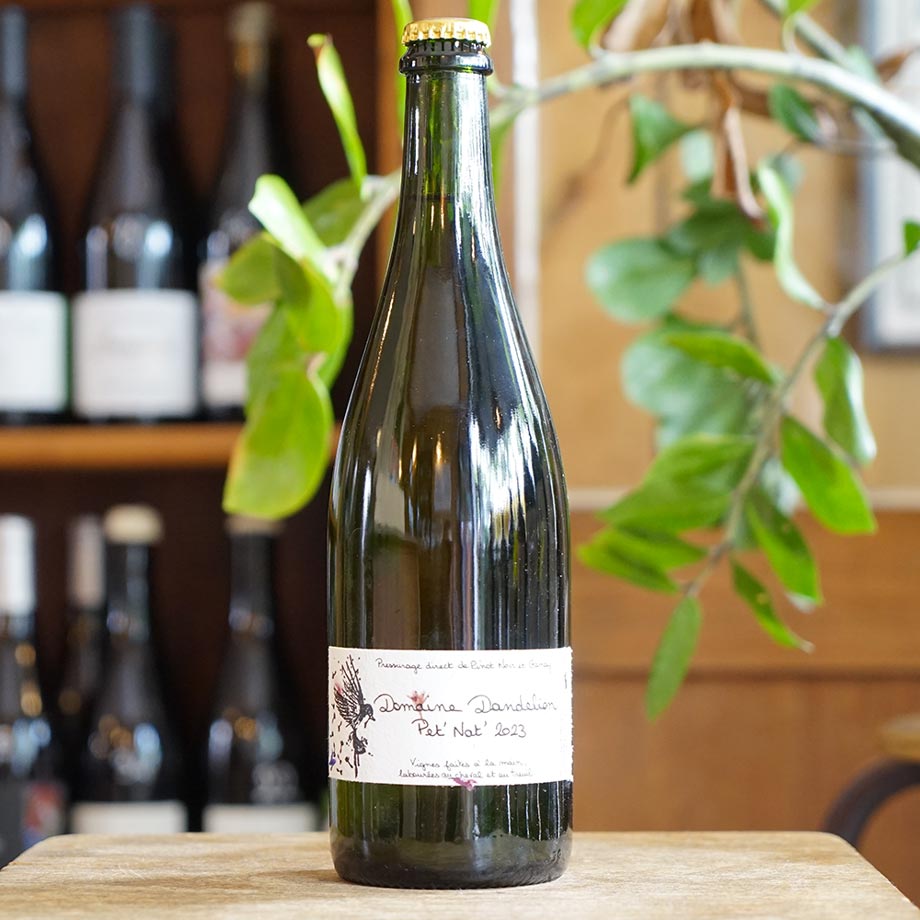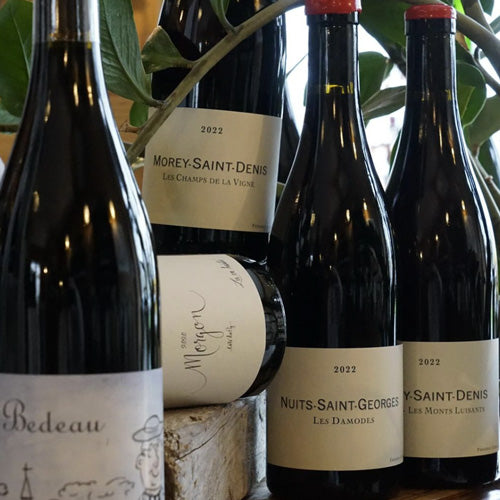Sparkling Wines
Natural sparkling wines
Natural sparkling wines are mainly made from white grapes, but can also be made from red or gray varieties, always grown in natural and responsible ways. That is to say, they are cultivated according to the principles of organic and biodynamic agriculture, with manual harvesting, without synthetic pesticides and with reduced doses of added sulphites in the cellar. These are natural wines which have the specific characteristic of being sparkling, that is to say having a controlled saturation of carbon dioxide giving rise to the presence of bubbles, and therefore effervescence. Numerous sparkling wine profiles are represented according to regions, soils, climates and varieties grown, and especially according to appellations.
Production of natural sparkling wines, or pet'nat
Natural sparkling wines are most often made using the direct pressing principle. The white, red or gray grapes grown according to biodynamic principles are picked by hand in the morning once optimal maturity has been obtained in order to preserve the physical and taste integrity of the berries and avoid oxidation phenomena. The latter are incorporated without adding sulphites in a press (pneumatic or vertical) with or without their stalks, and are directly pressed under mechanical action. This operation aims to extract the juice from the grape berries, more or less intensely and for more or less time depending on the desired wine profile.
The juices are then lowered into vats or barrels to carry out their alcoholic fermentation in the liquid phase, unlike red wines where the grapes remain in contact with their juice. The latter is produced by native yeasts naturally present on grape berries.
Once fermentation is complete, the wines are aged in barrels or vats depending on the type of wine desired and the methods of consumption, depending on whether it is intended for aging, or whether it is appreciated for its fresh fruit qualities. and lightness in youth.
There are two types of sparkling wines whose production process varies:
Natural sparkling wines: These wines are made like still white wines, and bottled before the end of alcoholic fermentation. The gas from the alcoholic fermentation is trapped in the bottle, and effervescence is produced at the end of the fermentation. They are generally reserved for aperitifs or desserts.
Sparkling wines made from the Champenoise Method, known as the “traditional method”, such as Champagne wines or Crémants. The latter come from a particular process called “Méthode Champenoise”, consisting of the production of a still wine initially which is allowed to evolve in the bottle. Once the wine is ready, a second fermentation takes place during the so-called mousse capture operation. To do this, a draft liquor is incorporated into the wine, containing wine as well as yeast, so that the gas resulting from this second fermentation creates the bubble. The wine is then disgorged, that is to say, the impurities are removed from the wine (degraded yeast for example) and the said wine is completed with a liqueur containing more or less sugar. It is according to the composition of this expedition liqueur that the information relating to residual sugars is defined (extra-brut, brut, semi-dry, etc.). These sparkling wines are mainly consumed as an aperitif, on special occasions, with desserts or elaborate dishes.
The different sparkling wines
Sparkling wines can have multiple profiles, depending on the grape varieties used, the producing regions and the production methods. We distinguish :
Natural sparkling wines: As seen previously, these wines can come from grapes of all colors and from all regions. We distinguish, depending on the profile, the natural sparkling wines made from white grapes, with for example aromatic grape varieties such as Riesling or Pinot Blanc from Alsace, but also with Chenin from the Loire, always with a structure based on acidity and minerality. On the other hand, natural sparkling wines from red or gray varieties give, beyond a more intense color, trends towards more gourmet, voluminous and pastry aromatics. We can find natural sparkling Merlot, Grolleau, Gamay, etc. slightly tannic grape varieties which allow us to maintain a nice acidity in the wines.
Traditional method sparkling wines:
Intrinsically to this category, we distinguish on the one hand the crémants, that is to say sparkling wines resulting from a double fermentation process. They can be produced in several regions depending on the AOC. Crémants de Loire produced with Chenins, with delicate and incisive notes of fresh apple, Crémants de Bourgogne made from Pinot Noirs with gourmet and pastry notes. We can also find Crémants de Bordeaux, with notes of fresh fruit given the use of Merlot. Crémants from Alsace, for their part, are mainly made from Riesling or Sylvaner to give wines with floral and oily notes. We also find in the Crémants category Clairette de Die, in the Rhône valley, or Blanquette de Limoux in Languedoc, as well as Crémants du Jura,...
Secondly, we find the wines of Champagne. They come from the traditional method, and owe their international recognition to the use of three grape varieties: Pinot Noir and Pinot Meunier for the blanc de noirs Champagnes and the rosé Champagnes, and chardonnay for the blanc de blancs and the Champagnes d'assembly. Among the references, we can cite winegrowers like Vouette & Sorbée. Depending on the Champagne appellation area, there are two main types of soil which give different wine profiles: chalk terroirs, typical of the Marne, giving Champagne wines with essentially mineral expressions and worked on the freshness of the fruit. And in the Aube department this time, denser marl soils, which give Champagne wines more vinosity in general, like the wines of Olivier Horiot. Depending on the profiles and blends of wines, we find Champagnes for aging, more quickly consumed, more oriented towards minerality or on the contrary on pastry aromas.
Whatever the product and its geographical origin, we will distribute according to the sugar dosage of the expedition liqueur a more or less dense and sweet profile if the sparkling wine is categorized as extra-brut nature, brut, dry or semi-dry.
Whatever the associated name, all these wines are made as naturally as possible without chemical inputs and drastically reduced doses of sulphites.



















































